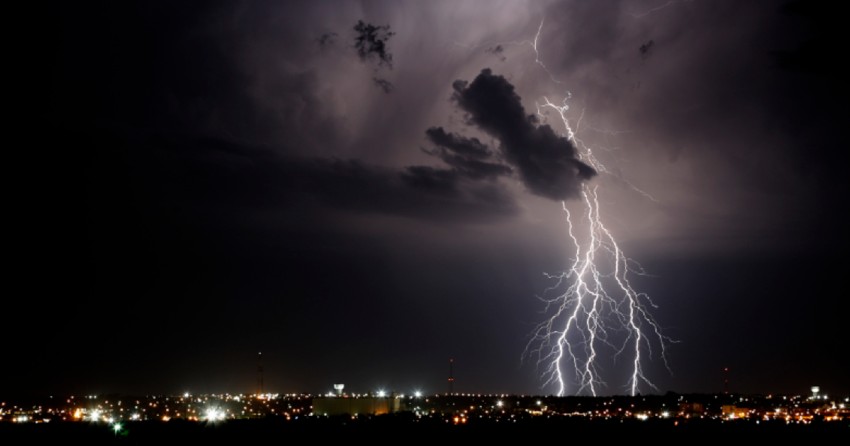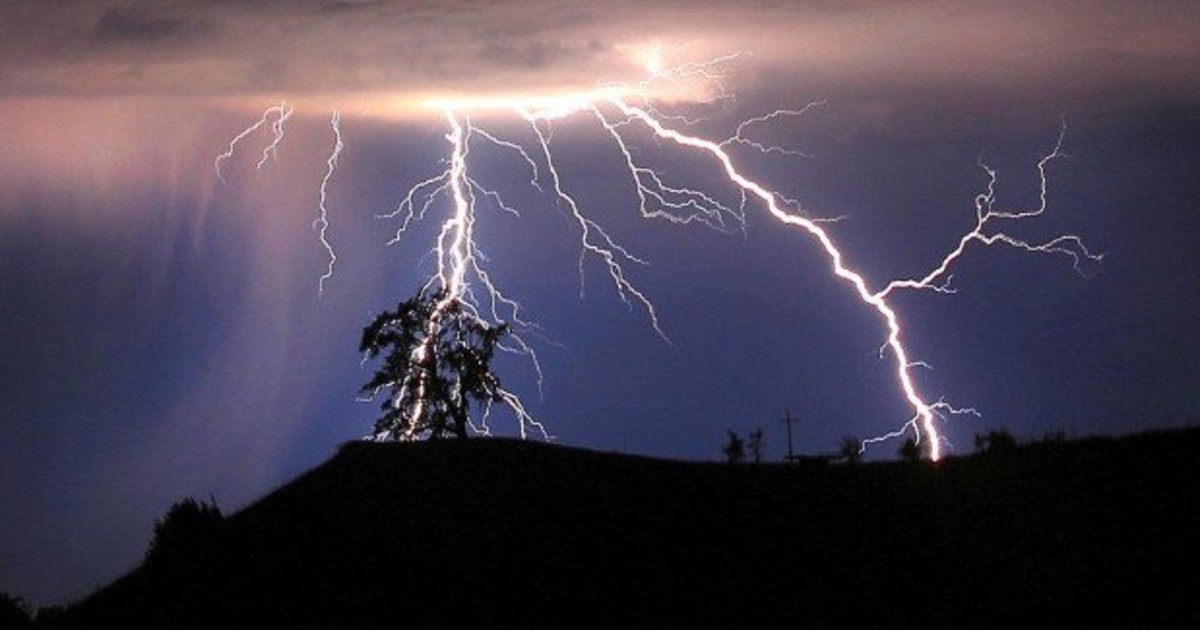
Knowing how to protect your home and behave in severe weather can help avoid serious consequences and losses. So how can you protect yourself and your home during extreme weather? By reading these tips, you'll be able to survive natural disasters with the least amount of physical and material loss.
Knowing the rules of conduct during a storm, hail, storm, and heavy rain will help prevent the worst consequences. Immediately say that in the forecast of the battery is better to stay at home, run your favorite online casino real money, or a movie, make tea and wait it out.
How to behave during a storm
Storm winds bring great danger to people and can cause severe damage to buildings.
If you are outdoors, you should stay away from tall trees and out of the woods.
The most important rule during a storm: seek shelter in a building. Preferably, it should be sturdy.
"Notified is armed." To avoid being caught off guard by a storm, keep an eye on local weather events and forecasters' forecasts on unique apps.
Protecting your home from the storm
If the weather forecasters warn of a possible storm, don't wait for it to arrive. Start preparing ahead of time. First, secure all moving parts in and around your home. It would help if you did the following:
• Close all windows and doors and shutters on windows;
• Pull fabric blinds (shades) and exterior slat blinds inward or upward;
• Attach garden furniture or take it inside the house;
• Empty the flowerpots from the balcony;
• Bring garden planters into the house;
• Place bicycles, gardening tools, birdhouses, toys, and other loose items in the house, garage, shed, or sheltered location.
• If there are glass greenhouses on the property, they must be protected with boards or wooden panels;
• Be sure to check emergency power supplies for readiness to operate in the event of a power outage.
• You should also check the roof for loose shingles, which should be secured.
You should download a free extreme weather alert app to keep your finger on the pulse.
Rules of conduct during a storm
• It's common for people to be injured in stormy wind gusts by falling trees, shingles flying off roofs, flying debris, and objects.
• If you are caught outdoors, stay as far away from scaffolding, tall trees, and power poles as possible.
• Don't go to parks and woods, on coasts of the rivers and reservoirs. If you have children with you, try to hold their hands firmly.
• Be sure to let your relatives know where you are.
• In such weather, it is better to refuse to travel by car, except for the vital necessity.
• Driving a car with a trailer during a storm is unacceptable.
• Use caution when driving on open roads and bridges, as high winds can throw vehicles away.
• Do not park your vehicle under trees. Remove overhead luggage systems from the car before driving.
• Be careful when opening car doors.
How to protect your home from flooding
Germany experienced terrible floods last summer that caused enormous property damage and loss of life.
According to experts, extreme thunderstorms and heavy rains will become even more frequent. So you need to know how to protect your home from flooding:
• Start preparing by identifying weaknesses in your home;
• Be sure to remove dirt from the gutters, close doors, basement windows, and light shafts close to the floor.
• Emergency services in Germany always urge residents to avoid unauthorized trips to affected areas.
Suppose the house stands in a hollow or depression, and the risk of flooding increases. It would help if you were prepared for such a development and took measures in advance to protect the basement from flooding.
First, you should check the level of tightness of the basement doors to the ground. For sealing, barrier systems can be clamped in the door frame. MDF boards can also be attached with slats, or sandbags can be placed as a barrier.
If the water level is high, additional structural measures are required.
Basement windows, often close to the ground and have a light shaft, also need mandatory flood protection. Heavy metal plates can be used as protection. But this solution can only be effective when it rains heavily. And when the water level in front of the house rises, additional measures are often needed.
For example, you can put a piece of plastic foil on the metal plate and secure it with sandbags. However, the risks of water ingress are still possible.
Experts suggest installing sealed windows in basements, which costs a bit more. But they provide reliable protection against the penetration of water. In addition, during bad weather, it is necessary to de-energize the electricity in the house.
Protecting the sewer system
Before a storm is declared, homeowners should check to see if the backflow flaps are working since water can enter the house if the sewer systems are overloaded.
And experts also advise not to wait until the "thunder" and to insure the property in advance so that in the case of material damage from extreme weather, receive compensation.
To be prepared for "surprises" of nature, watch the weather forecasts, follow experts' recommendations and prepare the house for possible disasters.
Danger during a Lightning Storm
Thunderstorms are dangerous atmospheric phenomena accompanied by powerful electric discharges - lightning. Lightning discharges can cause fires and are a severe threat to human life. Lightning strikes are possible both in the open air and in buildings. People are often struck by lightning in the open, near water, under trees, near available flame sources, and working electrical equipment. In addition, the human being can be struck by lightning: when a person is directly struck by lightning, when a person comes into contact with objects that have been struck by lightning when a person is hit by a step voltage when struck by an air shockwave.

Rules of conduct during a thunderstorm
If during a thunderstorm you are indoors, you must close windows and doors, turn off electric appliances, not come close to the water pipes and central heating, television antennas, or radios, and do not use a landline phone.
If you are outdoors when a thunderstorm approaches, you should take shelter in a building or a wooded area. You should:
• Avoid bodies of water, move away from moisture for at least 100 m;
• Avoid open spaces, separately standing trees and electricity poles, do not approach individually standing objects closer than 200 m, sit as low as possible, using the lowlands, folds of land;
• If you are in the forest, stay at a distance equal to at least the height of the trees, but not closer than 5 m from them;
• If you are caught up in a thunderstorm in your car, you must stop driving, stay in the car, and lower your car antenna.
During a thunderstorm, it is not allowed: to stay on the water, swim, hide on the shore under trees, make a fire (smoke attracts discharges), stand under a single tree, haystack, pole, walk or stand at full height, climb to high ground, use bicycles and motorcycles for moving around.


